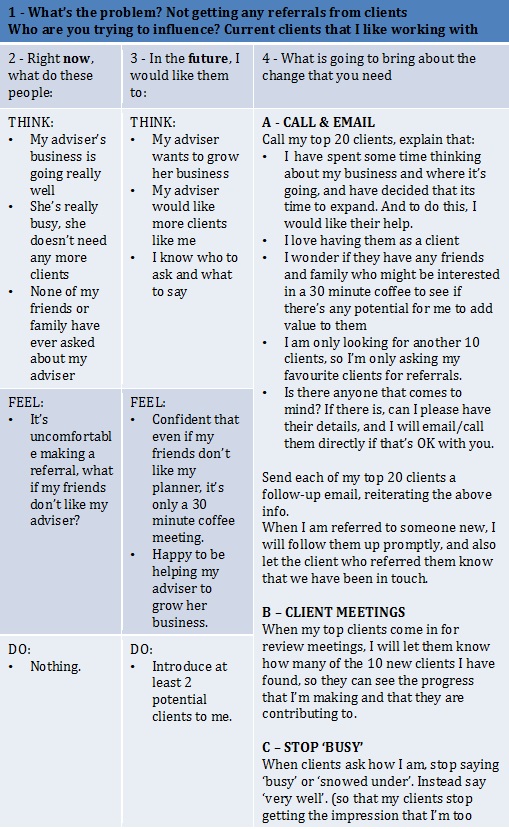Tools for dealing with people problems
An SMSF practitioner running a business has to deal with a variety of issues with different people. What process can be used for determining the best strategy for these situations?
People problems are the worst. And I don’t just mean staff. You might also be concerned about a lack of customers, not keeping the ones you’ve got, sorting out an issue with the soccer team you are in charge of, dealing with your kids etc, the list goes on.
When trying to solve such a problem, what you need is a framework – a way of figuring out exactly what the problem is and how you’re going to solve it. Even if you’re going to have to do some work to sort out the issue, once you know what that work is, life gets easier. As a colleague said recently, it’s like when you were a kid and had a difficult school assignment. You’d stare at the instructions and find anything else to do, possibly even clean your room because you didn’t know where to start.
Here’s the framework – Think, Feel, Do

There are four steps to completing this. First, you need to be clear on exactly what the problem is and who you need to influence to sort it out. The clearer and more concise you are, the better. Here are a couple of examples:
- Problem: Lots of people are coming to my website but no one is getting in touch.
People: potential clients
- Problem: My clients don’t tell me when something important happens in their lives.
People: current clients
- Problem: At our monthly team meeting, my staff say they will do certain things but the same items are still on the list the next month.
People: my team
The second step is to put yourself in the shoes of the people you’re trying to influence. Write down what you think they are currently thinking, feeling and doing about the issue at hand. The idea here is to spend time trying to see the issue from their perspective.
Step three is the easy part – what would you like them to be thinking, feeling and doing.
Step four is where the magic happens – what are you going to do to bring about the changes you want. Don’t just write down a shopping list of ideas. Think hard about what will move the dial and cause people to change how they are thinking, feeling and acting. This is quite a big ask because getting people to change their minds and behaviours requires changes in their brains, and this isn’t easy to make happen. However, you can put the right environment and messages in place to increase your chances of success.
Here’s a worked example and a problem I hear all the time – “I’m not getting any referrals”. I have come up with three actions I believe can really make a difference. You might have different ideas. And that’s fine. There’s no right answer, it’s the process that’s important.

There you have it, a quick way of determining what actions you need to take to bring about the change you want. Like many things, the more that you use this tool, the better you will get at it.
One last word of advice, don’t sugar-coat the truth. If the people in question are thinking or feeling something negative, write it down. Otherwise, you run the risk of putting actions in place that won’t be effective.
Sarah Penn, director, Mayflower Consulting


